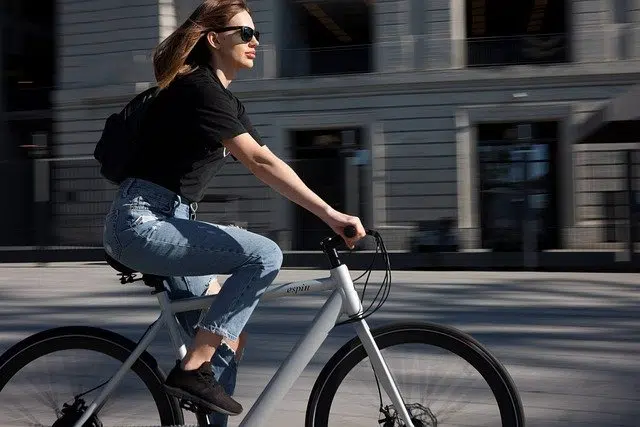
The train is a means of transportation that allows you to travel great distances.
The idea of locomotion is formed from two Latin words: locus (which can be translated as “place” ) and motio ( “movement” ). The concept refers to the transfer from one place to another .
Locomotion, therefore, is physical movement . When walking, a person uses their legs for locomotion: in this way, they can start from one place and reach a different one. It is important to mention that all animals have the capacity for locomotion since they move under their own impulse, unlike plants .
It is true that plants do not have what we call locomotion, but this does not prevent them from performing certain movements . In fact, without this degree of freedom and autonomy, many species would not be able to orient themselves to adequately receive the sunlight they need to develop and carry out their vital functions. Certain types of fungi, on the other hand, are capable of bringing their roots close to other individuals to reproduce.
The means of transportation
Vehicles , meanwhile, are means of transportation . A car , a motorcycle , a bicycle , a boat , a plane or a train , to name a few options, allow you to move in geographical space.
Locomotion is essential in all areas of life . An individual needs to move to satisfy their basic needs, such as eating or going to the bathroom. When there are physical reasons that prevent locomotion, permanent assistance is required.

The bicycle facilitates locomotion without emitting polluting gases.
The importance of vehicles
Thanks to vehicles, on the other hand, human beings can travel great distances in a short time, overcoming the limitations of their own locomotion. Without means of transportation, humanity could not have evolved to reach its current stage.
A man , for example, can walk from his house to the train station in his city, travel by train to an airport, and there board a plane that leaves him in another country. Once you arrive at your destination, you take a taxi to a hotel. As can be seen, locomotion - own and assisted - allows you to reach multiple places.
The history of vehicles created by humans dates back several centuries. If we leave out animal-drawn carts and focus on autonomous cars, we must pay attention to the end of the 17th century and the beginning of the 18th century, when the use of steam as a method of impulse emerged.
While most of the earliest documented examples date back to the 18th century, missionary Ferdinand Verbiest is considered the first creator of a steam vehicle , which he introduced to China in the late 1600s.
Locomotion and the environment
As mentioned in a previous paragraph, means of transportation allow us to overcome our limitations. However, this excess has a negative impact on the environment , either directly or indirectly. Many may argue that bicycle use does not generate any type of pollution, but we must not forget that the plants in which its materials are produced and its parts are assembled do have harmful effects on the planet.
Nature provided each species with a well-defined type of locomotion, which allows it to move through its habitat in the way it needs to survive . The theory about our ancestors that speaks of a move from the ground to the trees to protect us from predators indicates locomotion focused on actions such as climbing, plucking fruits from trees and, probably, jumping with some ease.
Nowadays, it is not very common to see an adult do any of these things, at least in their daily lives; On the contrary, the parts of the body that we move the most are our hands, to operate the different devices that "dominate" our activities .
